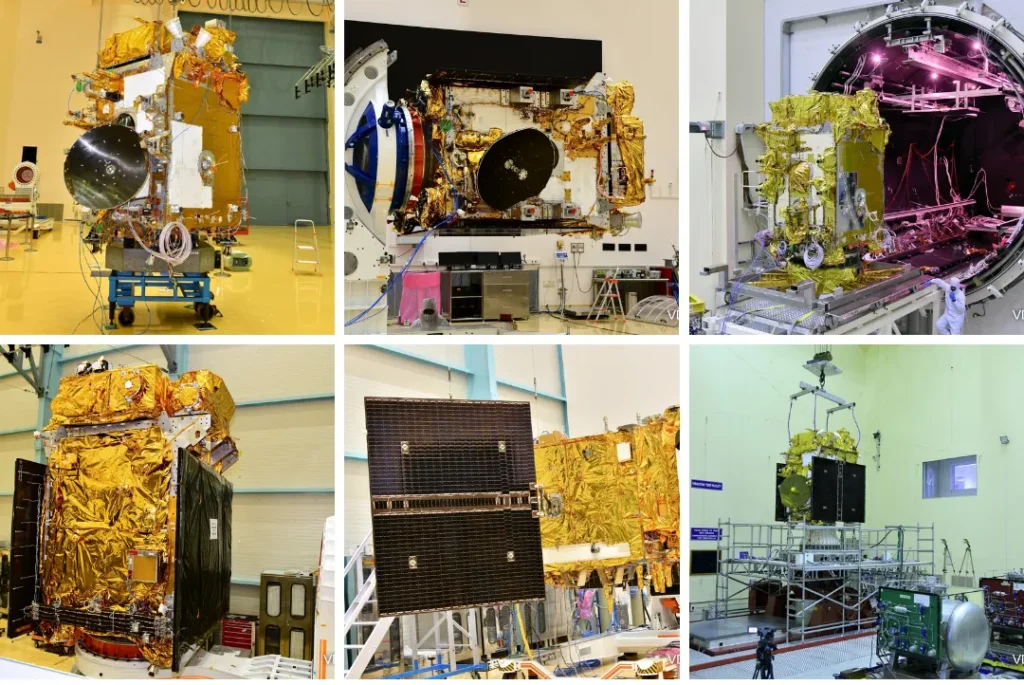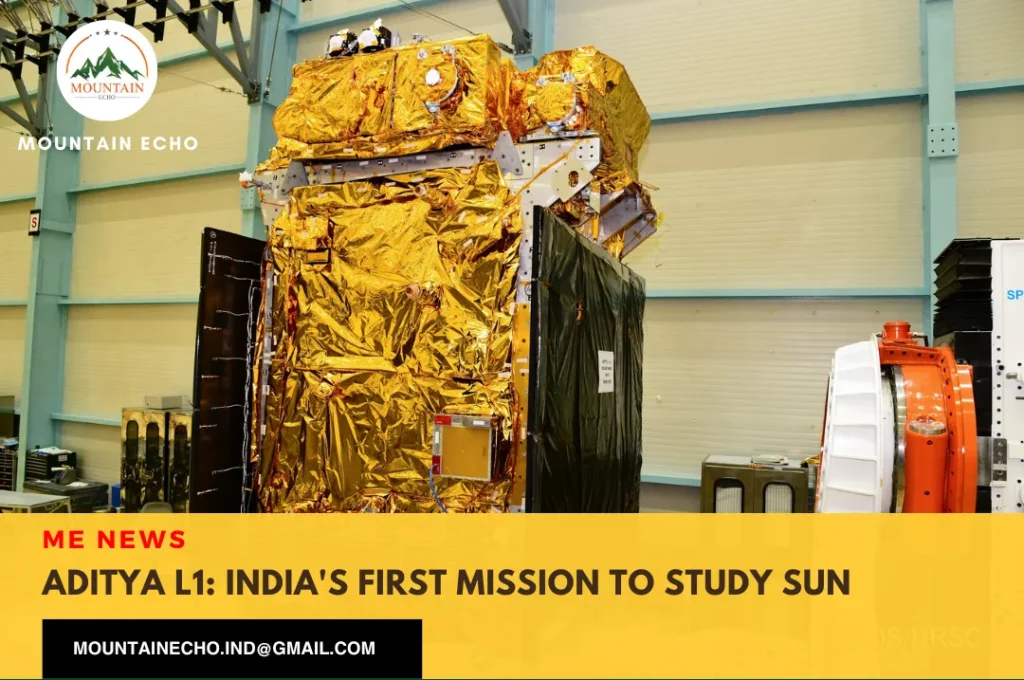Aditya L1: India’s first Sun exploration mission gearing up for launch
WhatsApp Channel
Join Now
India is developing a spacecraft named Aditya L1 and getting it ready to explore the Sun, which will be India’s first mission to the Sun. This comes after the exciting project Chandrayaan 3 that was launched recently to explore the southern hemisphere of the moon.
The spacecraft Aditya L1 is set to be launched most probably by September from ISRO’s spaceport (Satish Dhawan Space Centre) in Sriharikota, Andhra Pradesh.
Once launched, Aditya L1 will travel around 1.5 million kms. Its final destination is a halo orbit around the Lagrange point 1 (L1), one of the five points in the orbital plane of the Earth-Sun system. Lagrange points are spots in space where the gravitational pull of two celestial objects balance each other.
The activities of the Sun can be explored in real time from the said point without any interruptions caused by occultation/eclipses as per ISRO. The photosphere, chromosphere and the outermost layers of the Sun will be observed by the seven payloads that the spacecraft is set to carry.
The seven payloads on board are: Visible Line Emission Coronagraph (VELC), Solar Ultraviolet Imaging Telescope (SUIT), Solar Low Energy X-ray Spectrometer (SoLEXS), Aditya Solar wind Particle Experiment (ASPEX), High Energy L1 Orbiting X-ray Spectrometer (HEL1OS), Plasma Analyser Package for Aditya (PAPA), Advanced Tri-axial High Resolution Digital Magnetometers

Out of the seven payloads, four will observe the Sun directly and the remaining three will carry out in-situ studies of particles and fields at the L1. The main payload of Aditya-L1 is a 90-kg Visible Line Emission Coronagraph (VELC).
The spacecraft that has gone closest to the Sun is the Parker probe by NASA whose objectives was to observe the particles in the solar wave. However, it is not viewing the Sun directly and is turned away from the Sun.
PSLV-C57/Aditya-L1 Mission:
Aditya-L1, the first space-based Indian observatory to study the Sun ☀️, is getting ready for the launch.
The satellite realised at the U R Rao Satellite Centre (URSC), Bengaluru has arrived at SDSC-SHAR, Sriharikota.
More pics… pic.twitter.com/JSJiOBSHp1
— ISRO (@isro) August 14, 2023
According to ISRO, the suits of Aditya L1 payloads would provide important information regarding the problem of coronal heating, coronal mass ejection, pre-flare and flare activities and their characteristics, dynamics of space weather, propagation of particle and fields etc.
Polar Satellite Launch Vehicle (PSLV) would be deployed to launch the Aditya L1 spacecraft. The Chandrayaan-1 in 2008 and the Mars Orbiter spacecraft in 2013 were launched using the same vehicle. The spacecraft will take around 120 days to reach Lagrange point 1.
Telegram Channel
Join Now



